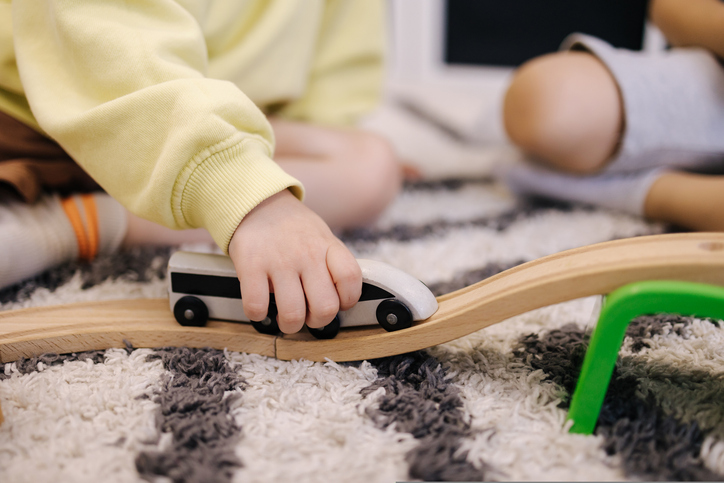ECEC waitlists have negative flow-on effect for women’s economic security

Mothers returning to work following maternity leave are facing a significant lifestyle and financial dilemma – go back to work and pay exorbitant childcare fees or pause career to stay home. The latest report from the Brotherhood of St Laurence (BSL), Finding a balance? Work, family and economic security, explores the ramifications this has on Australian women in the workforce.
There are many factors that weigh into the decision to go back to work after giving birth – career progression, independence, more time with children, financial stability, the list goes on. With no ‘correct’ approach, families are ideally balancing their considerations to accommodate them.
A cost of living crisis with a high cost of childcare looming over families currently, these decisions are leaving many families with less ability to compromise.
The BSL report explains that for many Australian families, childcare is the largest regular expense after the mortgage. Combined with the challenge of quality care and waitlists, the cost of childcare was described in the report as ‘ruinous.’
Although appearing contradictory, many new mothers choose not to return to work on financial grounds.
The report heard from a mother about her considerations about exploring childcare options, “If it’s quite expensive, and that cancels out the pay, then I may as well not go to work,” she explains.
It is important to note however, this compromise is more than just financial for many. The educational and social value of early learning services leave many trying to make it work.
“I don’t end up with a whole lot extra left in our hands, but … I felt as though day care was something that he would benefit from socially as well. I like to look at it from that aspect, not just me going to make money,” one parent in the report stated.
However, in a restrictive financial position, there is still limited flexibility and availability of childcare. Instead of choosing a childcare provider based on shared early learning values, parents become pressured to accept whatever is offered out of concern for a lack of feasible alternatives.
What impact does this have on Australian women and families?
The current status quo is not supporting new mothers with the freedom to make their decision as the multi-faceted issue it could or should be.
Realistically, many women are being kept out of the workforce as they are typically the primary caregiver.
A key indicator of a country’s gender equity is women’s workforce participation which is seeing Australia fall behind other comparable countries once women in the workforce have children.
Additionally, Australian women earn on average $26,600 per year less than men.
How do we move forward?
The BSL report is calling for urgent government action to support low-income earners. Recent reform to increase the federal childcare subsidy and plans to increase paid parental leave is a positive step but the Brotherhood of St. Laurence is calling for a system that more directly support women’s workforce participation.
BSL suggests this could include addressing
- The high effective marginal tax rates to turn women away from increasing hour worked per week
- Prohibitive costs and rigidities of the childcare system
- The paid parental leave system to encourage fathers/partners to take parental leave, sharing the care of their children
Popular

Workforce
Quality
Research
When did it start to go wrong?
2025-12-18 08:00:46
by Fiona Alston

Quality
Policy
Provider
Emergency Action Notices issued to three South Australian ECEC services over mobile device management concerns
2025-12-18 06:31:16
by Fiona Alston

Economics
Provider
Quality
Jobs News
Policy
Practice
Workforce
The year in review: 2025's most impactful ECEC news stories and shifts
2025-12-16 07:32:18
by Fiona Alston















